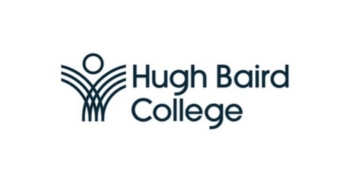Secondary school pupil numbers may have peaked two years earlier than expected, government statistics suggest, indicating the falling rolls crisis will worsen soon.
The Department for Education’s pupil number projections data had predicted rising secondary numbers would peak in 2026 and 2027 before gradually falling.
But today’s statistics “indicate that the secondary school population is likely to have plateaued between 2024 and 2025, will remain at a similar level until 2026, and is then projected to start declining slowly.
“This is two years earlier than the peak projected last year but may be subject to change if pupil numbers bounce back, fluctuate, or plateau for a few years.”
Officials said a large estimated fall in net migration to the UK was “likely to be a contributing factor in the fall in pupil numbers” seen this year.
Rolls have been falling at primary level nationally since 2019, leading to school closures and amalgamations and funding concerns, given schools receive money on a per-pupil basis.
The crisis was always due to hit secondary schools as a bulge in the population caused by a baby boom in the 2000s made its way through the system. Today’s update suggests this will happen sooner than anticipated.

Hundreds of thousands fewer pupils
Between 2025 and 2030, the secondary pupil population is due to fall by 97,000, while primary numbers will fall by a further 300,000.
The government recently announced the schools budget would increase by £4.7 billion in cash-terms over the next three years. However, this includes funding for recent teacher pay awards and the expansion of free school meals eligibility.
The Institute for Fiscal Studies has predicted that once costs are taken into account, “the most realistic expectation is for a real-terms freeze in existing school funding per pupil”.
However, schools will still lose money when pupil numbers drop. They can apply for emergency cash, but only if they can prove they believe their numbers will increase again soon, for example due to local housebuilding.
In its data publication today, the government said direct immigration of pupils born outside the UK “historically has only had a small effect on the school age population”.
“However, the latest estimates of long-term net migration (December 2024) which is down by 50 per cent compared to the same period last year, are likely to be a contributing factor in the fall in pupil numbers reported in the 2025 school census.”
According to the Office for National Statistics, recent decreases in work-related and study-related immigration “are related to policy reforms early in 2024 that restricted most overseas students from bringing family members to the UK, restricted care workers from bringing family members and increased salary thresholds for those on skilled worker visas”.








Your thoughts